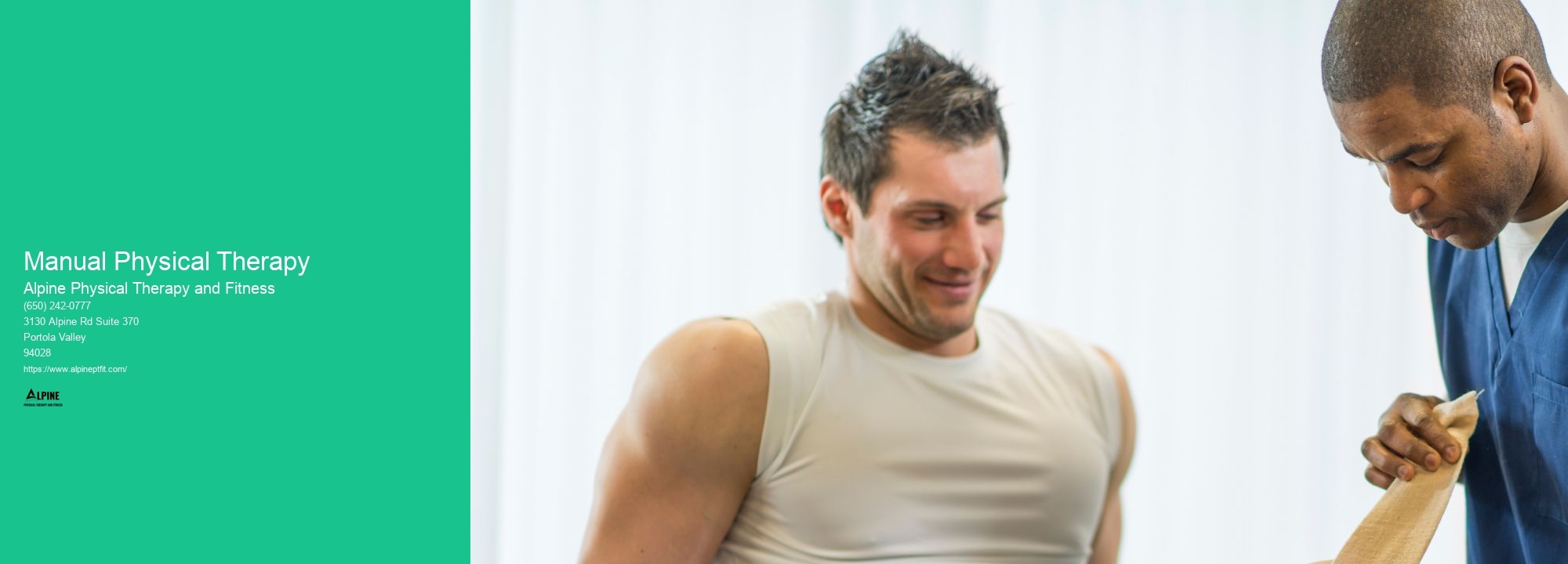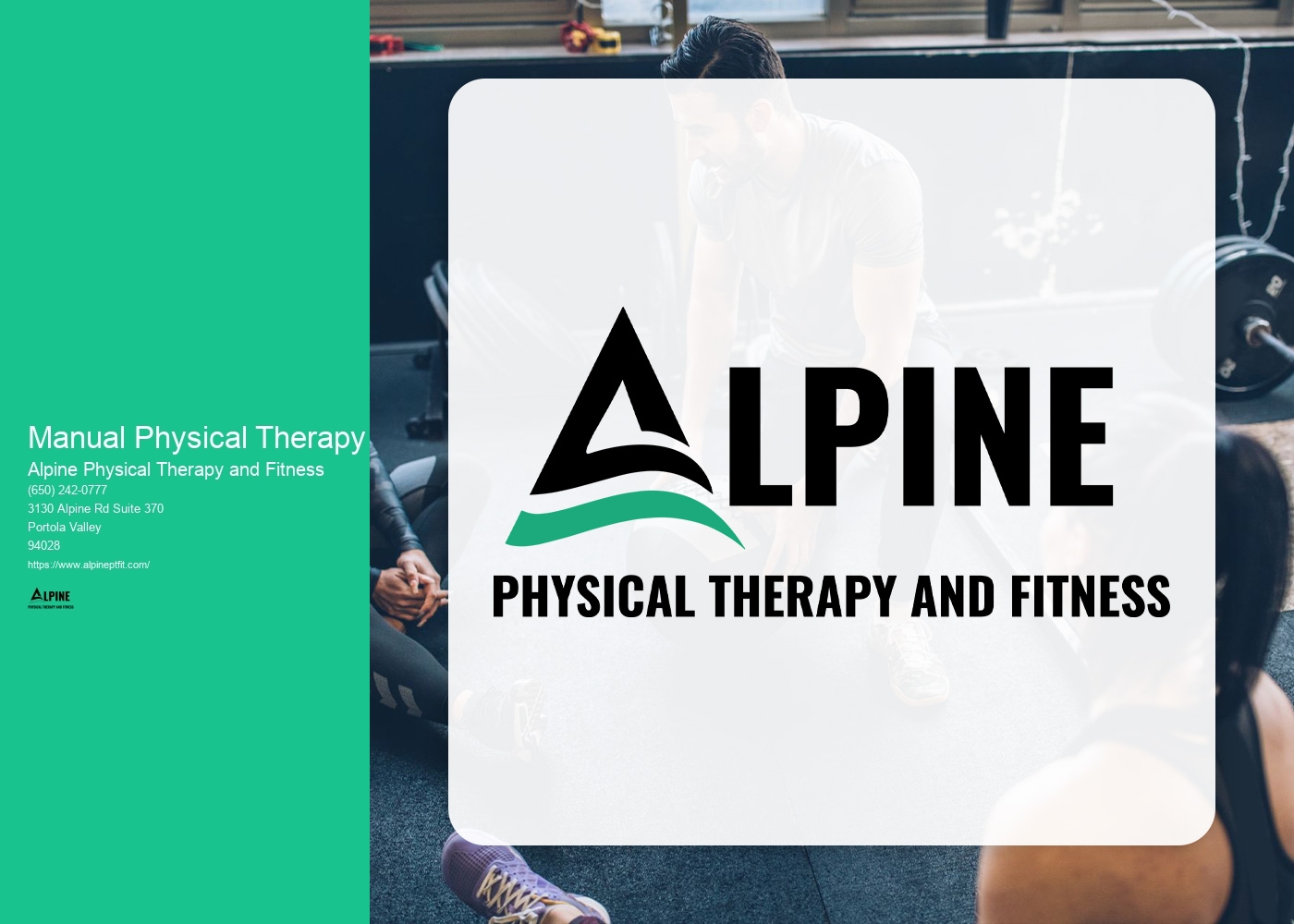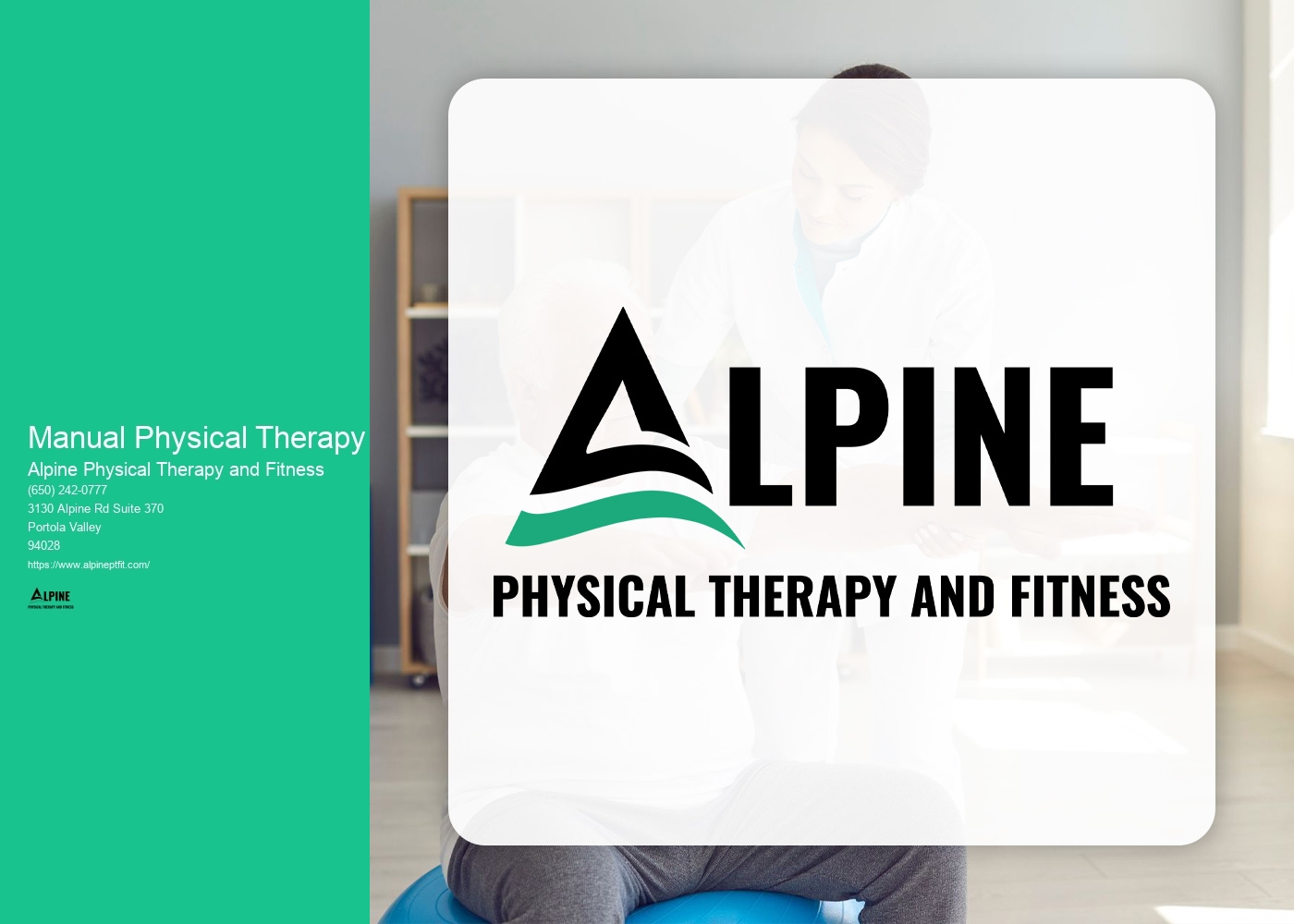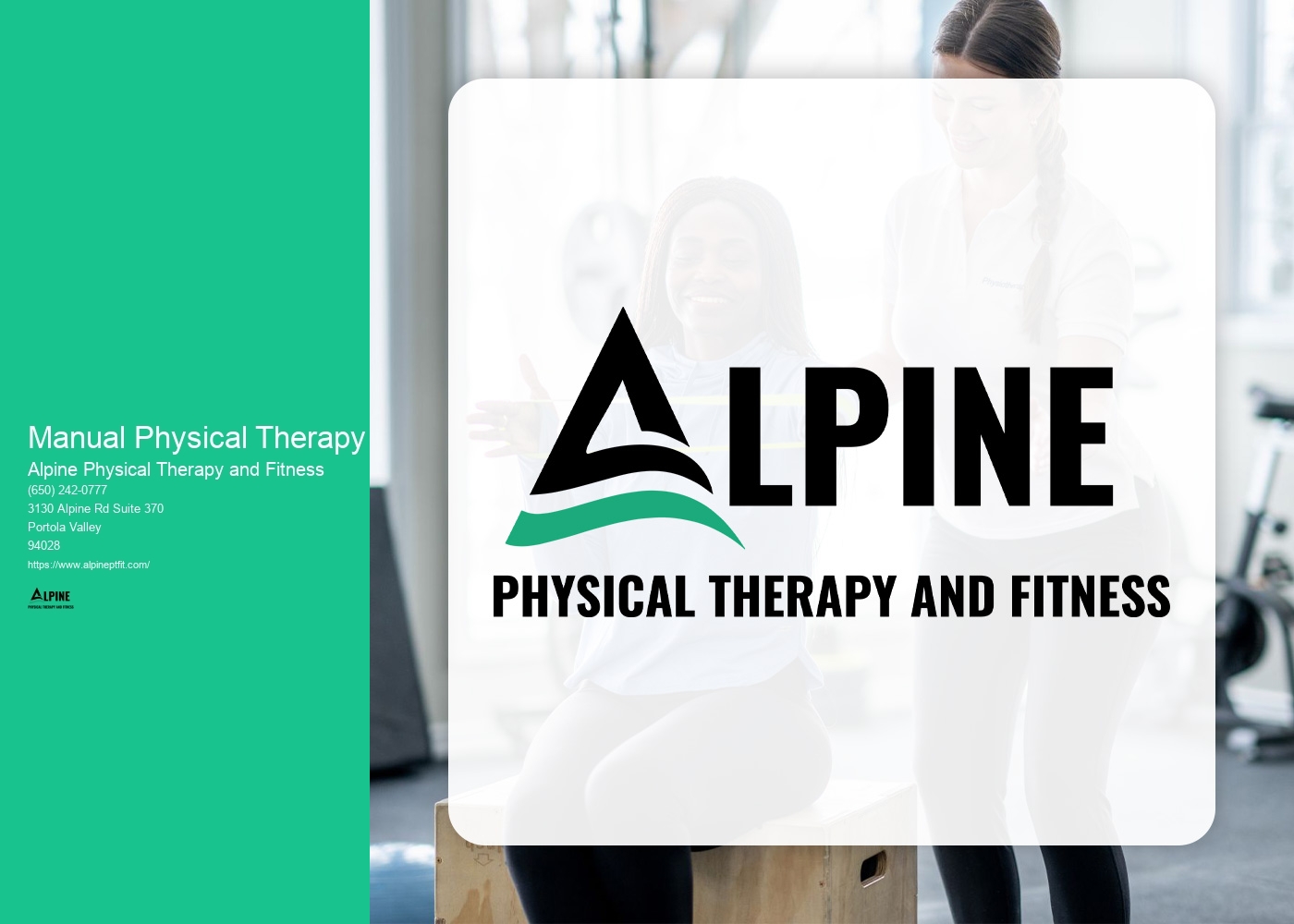

Manual physical therapy is a specialized form of physical therapy that involves hands-on techniques to diagnose and treat musculoskeletal conditions. It is performed by trained physical therapists who use their hands to manipulate, mobilize, and massage the body's soft tissues and joints. This type of therapy aims to improve mobility, reduce pain, and restore function by targeting specific areas of the body that may be causing pain or dysfunction.
Manual physical therapy differs from other forms of physical therapy in that it focuses on the use of hands-on techniques rather than relying solely on exercise or equipment. While traditional physical therapy may include exercises, stretches, and the use of modalities like heat or electrical stimulation, manual therapy places a greater emphasis on the therapist's hands to provide targeted treatment. This approach allows for a more personalized and precise treatment plan tailored to the individual's specific needs.
Manual physical therapy can be used to treat a wide range of conditions and injuries. It is commonly used for musculoskeletal conditions such as back pain, neck pain, joint pain, and sports injuries. It can also be effective in treating conditions like arthritis, fibromyalgia, and post-surgical rehabilitation. Additionally, manual therapy can help improve mobility and function in individuals with neurological conditions such as stroke or Parkinson's disease.

There are several techniques commonly used in manual physical therapy. These may include joint mobilization, soft tissue mobilization, myofascial release, trigger point therapy, and muscle energy techniques. Joint mobilization involves the therapist gently moving a joint through its range of motion to improve mobility and reduce pain. Soft tissue mobilization focuses on manipulating the body's soft tissues, such as muscles and fascia, to release tension and improve flexibility. Myofascial release targets the fascia, a connective tissue that surrounds muscles, to alleviate pain and improve movement. Trigger point therapy involves applying pressure to specific points in the muscles to relieve pain and tension. Muscle energy techniques use the patient's own muscle contractions to improve joint mobility and reduce pain.
While manual physical therapy may involve some discomfort or temporary soreness, it should not be painful. The therapist will work within the patient's comfort level and adjust the techniques accordingly. It is important for the patient to communicate any discomfort or pain during the session so that the therapist can make appropriate adjustments. The goal of manual therapy is to provide relief and improve function, not to cause unnecessary pain.

The duration of a manual physical therapy session can vary depending on the individual's needs and the complexity of their condition. On average, a session may last between 30 minutes to an hour. The therapist will assess the patient's condition and develop a treatment plan that includes the appropriate duration and frequency of sessions. It is important to follow the therapist's recommendations and attend all scheduled sessions to achieve the best results.
The number of sessions needed for manual physical therapy to see results can vary depending on the individual and their condition. Some patients may experience improvement after just a few sessions, while others may require more extensive treatment. The therapist will regularly assess the patient's progress and adjust the treatment plan as needed. It is important to have realistic expectations and understand that manual therapy is a process that may require multiple sessions to achieve optimal results. Consistency and adherence to the treatment plan are key factors in achieving the desired outcomes.

Physical therapy plays a crucial role in preventing sports-related concussions by focusing on various aspects of injury prevention and management. Physical therapists employ a multidisciplinary approach that includes education, assessment, and intervention strategies to reduce the risk of concussions. They work closely with athletes, coaches, and other healthcare professionals to develop comprehensive concussion prevention programs. These programs may involve teaching proper techniques for tackling, heading, or other activities that pose a risk of head injury. Physical therapists also assess an athlete's balance, coordination, and strength to identify any deficits that may increase the likelihood of a concussion. Through targeted exercises and training, they can help improve these areas and enhance an athlete's ability to protect themselves from head injuries. Additionally, physical therapists may provide guidance on appropriate equipment, such as helmets, and ensure proper fitting to maximize protection. By addressing both modifiable risk factors and enhancing an athlete's physical abilities, physical therapy plays a vital role in preventing sports-related concussions.
Yes, there are specialized aquatic exercises designed specifically for children with sensory processing disorders. These exercises aim to provide sensory input in a controlled and supportive environment. Some examples of these exercises include water walking, water jogging, kicking and splashing, floating on a pool noodle, and playing with water toys. These activities help children with sensory processing disorders improve their balance, coordination, body awareness, and overall sensory integration. Additionally, the water's buoyancy and resistance provide a calming and soothing effect, which can help children regulate their sensory systems. It is important to consult with a qualified therapist or instructor who specializes in aquatic therapy to ensure that the exercises are tailored to the specific needs of the child.
Physical therapy is an effective treatment option for individuals suffering from iliotibial band (IT band) syndrome. The primary goal of physical therapy is to reduce pain and inflammation, improve flexibility and strength, and correct any biomechanical issues that may be contributing to the condition. Physical therapists may use a variety of techniques and modalities to achieve these goals, including manual therapy, such as soft tissue mobilization and joint mobilization, to release tight muscles and improve joint mobility. They may also prescribe specific exercises to stretch and strengthen the IT band and surrounding muscles, such as the hip abductors and glutes. Additionally, physical therapists may use modalities such as ultrasound or electrical stimulation to help reduce pain and promote healing. By addressing the underlying causes of IT band syndrome and providing targeted interventions, physical therapy can help individuals regain function and return to their normal activities.
The goals of physical therapy for individuals with osteoarthritis of the knee are to reduce pain, improve joint function, increase range of motion, and enhance overall quality of life. Physical therapists use a variety of techniques and exercises to achieve these goals, including manual therapy, therapeutic exercises, and modalities such as heat or cold therapy. They may also provide education on proper body mechanics and lifestyle modifications to help manage symptoms and prevent further joint damage. By addressing the specific needs of each individual, physical therapy aims to optimize function and promote long-term joint health.
Physical therapists are skilled in adapting exercises for aquatic therapy to meet the specific needs of individuals with mobility limitations. They carefully assess the individual's range of motion, strength, and balance to determine the most appropriate exercises. Aquatic therapy allows for reduced weight-bearing and increased buoyancy, which can help individuals with limited mobility to move more freely and comfortably in the water. Therapists may use flotation devices or pool noodles to provide additional support and stability during exercises. They may also modify the intensity and duration of exercises to ensure that they are safe and effective for each individual. Additionally, therapists may incorporate equipment such as water dumbbells or resistance bands to provide resistance and further enhance strength and mobility. Overall, physical therapists use their expertise to create personalized aquatic therapy programs that address the unique needs and limitations of each individual.